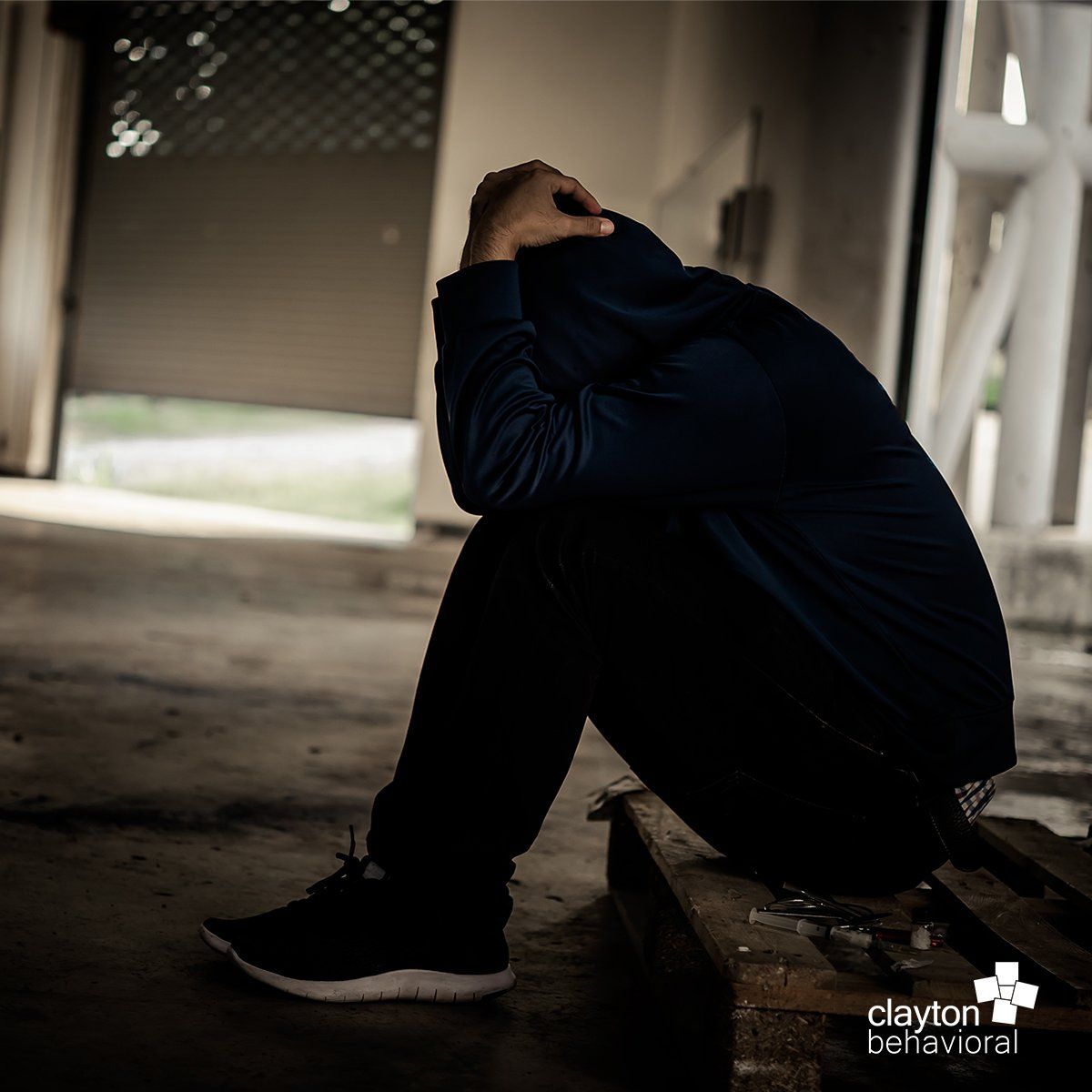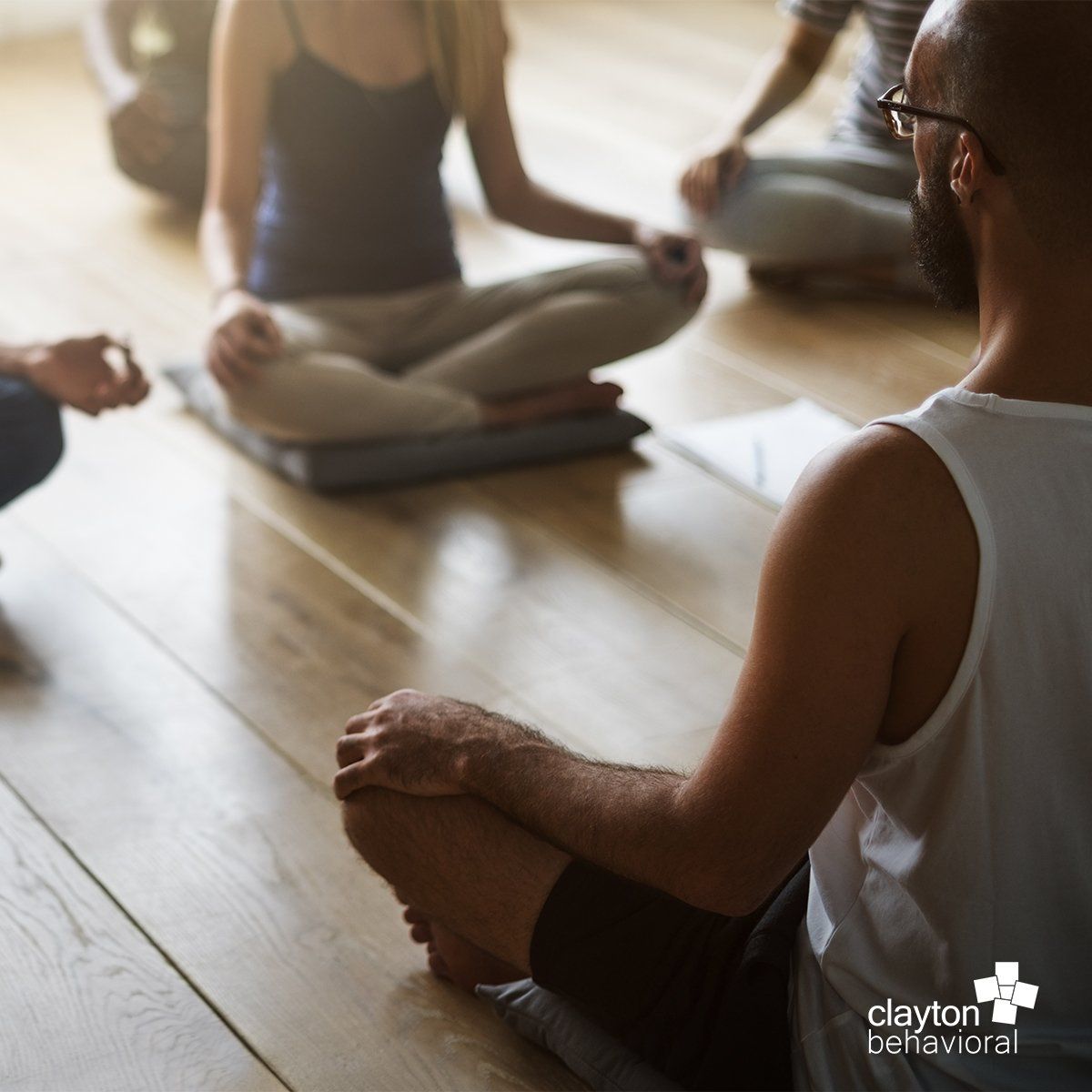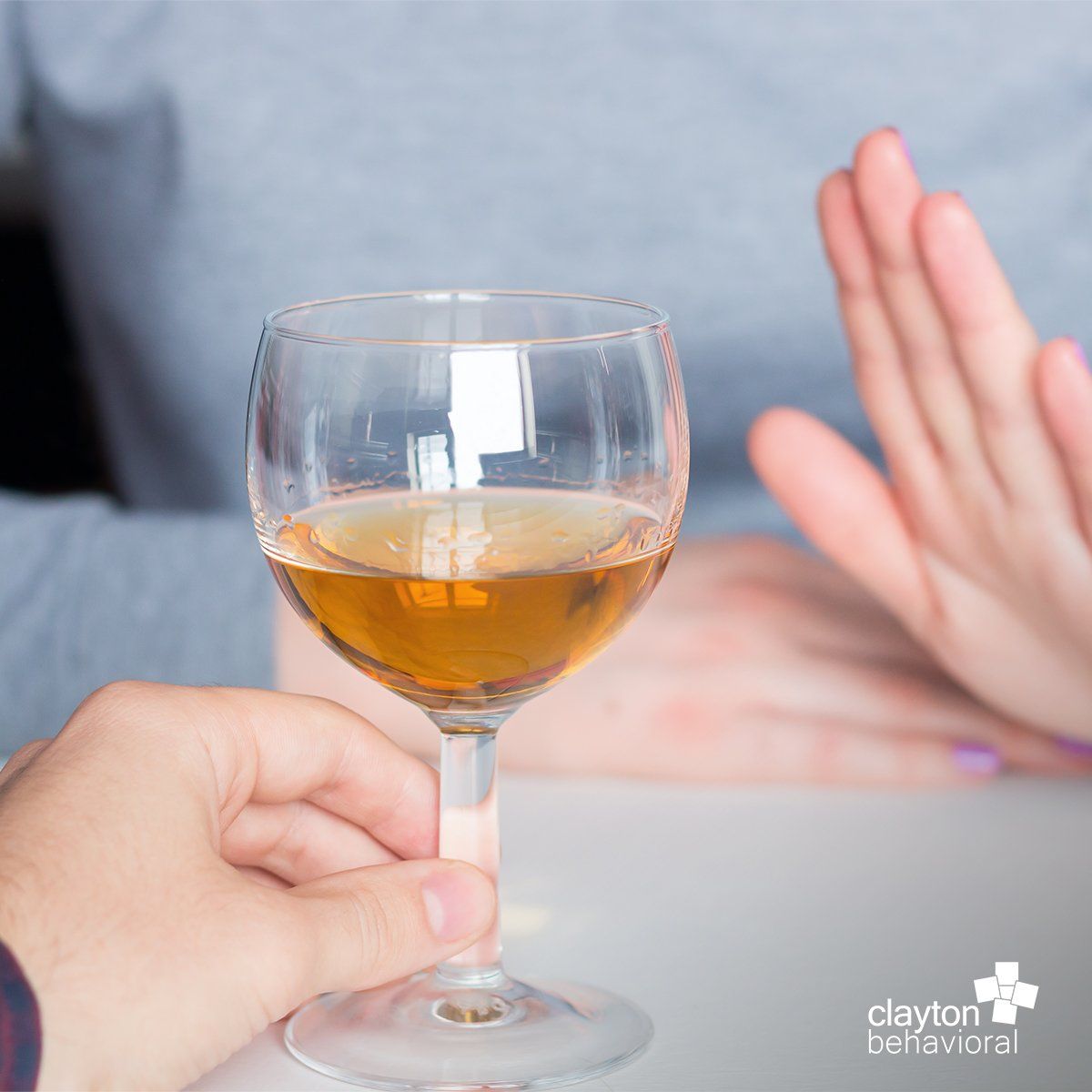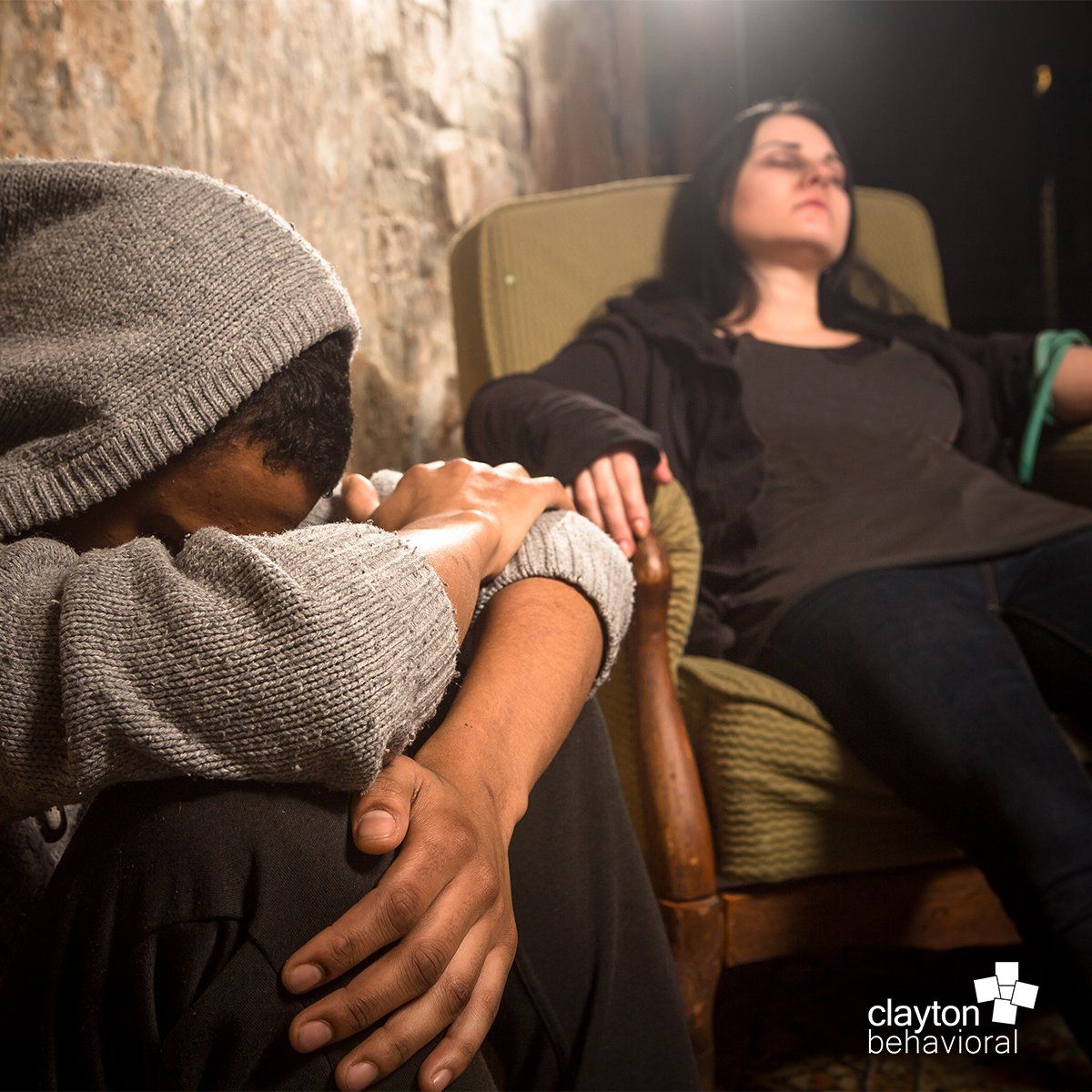How To Combat Substance Use: Sober Living on Campus

Let’s face it—the college lifestyle doesn’t exactly support abstinence from drinking and drugs. For many, college means enduring long hours of study, worrying about grades, making new friends and, yes, even partying. However, for some college students, college presents a variety of other challenges.
For those who have completed a drug or alcohol rehab program, or have entered recovery, it can be difficult to return to college life which is encompassed by relapse triggers. But, whether they are entering the semester in recovery or struggling with symptoms of addiction, it’s important for students to know that maintaining sobriety is possible.
While collegiate recovery programs (CRPs) vary from small student-run communities to large university-sponsored programs, their goal of sober living on campus is the same: to help students stay sober while also succeeding in school.
Here’s what you need to know about college students’ attitudes toward substance use in college and how collegiate recovery programs can help.
College and Substance Use
At colleges and universities across the United States, substance use is a real and ever-present problem. Free from parental supervision, students tend to turn to substances to cope with feelings of separation anxiety, academic pressures and, most of all, heightened peer pressure.
However, this substance use among college students and young adults is hardly a new trend. Starting in the 1970s, rates of alcohol consumption and binge drinking have remained somewhat constant. As a result, college students have always represented a large portion of the population abusing drugs and alcohol on a regular basis.
The Substance Abuse and Mental Health Services Administration reports that 1.2 million college students drink alcohol.
- 63 percent of 18-22-year-old college students self-report drinking alcohol within the past month
- 41 percent have been intoxicated
- A third of all college students have engaged in binge drinking within the past 2 weeks
It makes sense that alcohol makes up the majority of substance-related problems on college campuses because drinking is often considered socially acceptable for college students. However, recognizing when it becomes a problem can be difficult.
According to the Addiction Center , approximately:
- 31 percent of U.S. college students report symptoms of alcohol abuse.
- 80 percent of U.S. college students have abused alcohol.
- 110,000 students between the ages of 18-24 are arrested every year for an alcohol-related violation, such as public drunkenness or driving under the influence.
However, substance use on college campuses isn’t solely alcohol related. According to Dual Diagnosis , substances commonly used by students in college also include:
- Marijuana
- Over-the-counter drugs
- Cocaine
- Heroin
- Ecstasy
Similarly, not all drug abuse among college students involves illicit substances, either. Where coffee may have been the original pick-me-up for studying, amphetamines such as Adderall, Ritalin and Vyvanse have increasingly become a staple on college campuses.
Though these drugs may be prescribed for people coping with symptoms of ADHD, many non-prescribed college students tend to abuse these stimulants to enhance their studying ability to meet all of their academic requirements.
Coined “the study drug,” many college students believe amphetamines such as Adderall to be harmless. However, the short-term effects include elevated blood pressure, disrupted heart rhythm, weight loss, irritability, insomnia and headaches. As for long-term use, the effects can mimic those of regular cocaine use, including paranoia, depression, anxiety, cardiovascular problems and stroke.
While most students learn to navigate the college circuit without lasting damage, those who arrive at school already struggling with substance abuse may find easy access to drugs and alcohol a major concern.
Sober Living on Campus
Just a decade ago, most college students with substance abuse problems had little help besides student health services and local Alcoholics Anonymous chapters. However, collegiate recovery programs are helping to change that.
With approximately 21 percent of college students meeting the criteria for a Substance Use Disorder, Collegiate Recovery Programs (CRPs) strive to offer services and support that avoid some of the substance abuse pitfalls that are everywhere on college campuses. As a campus-based, “recovery-friendly” space and supportive social community CRPs aim to enhance academic opportunities while offering support for continued recovery and emotional growth.
Components of sober housing include:
- Academic Services – Students receive help and support through the transition process from a drug treatment program back to school, while academic tutors provide help and support throughout the student’s college career.
- Recovery Program – Offers students continued support for finding sober entertainment, dealing with peer pressure and how to handle social situations through workshops and group.
- Crisis Management – Offers help and support for mental health or medical issues that arise. Having someone that can refer to medical professionals that have an understanding of addiction is an added benefit.
- Relapse Prevention – Sober environments give 24/7 support for maintaining abstinence from their substance of choice.
Though addiction experts note that collegiate recovery programs are not a source of treatment, they are designed to support students who have acknowledged their substance use but are looking to stay sober and stay in school.
The Future of Sober Living
As a positive consequence of national attention on the ongoing opioid epidemic , colleges and universities are looking at ways to curtail student substance use—and sober living is a step in the right direction.
According to the Association of Recovery in Higher Education , a nonprofit that promotes collegiate recovery programs, 95 percent of students who have access to these programs don’t relapse. Compare that with the general population who relapses at up to a 60 percent rate, CRPs could be considered one of the best ways to serve students in recovery.
If you think you or someone you know may be affected by alcoholism or drug addiction, please contact us for a confidential individual or family consultation at 314-222-5830. You can also visit our website or send us an email for more information.









